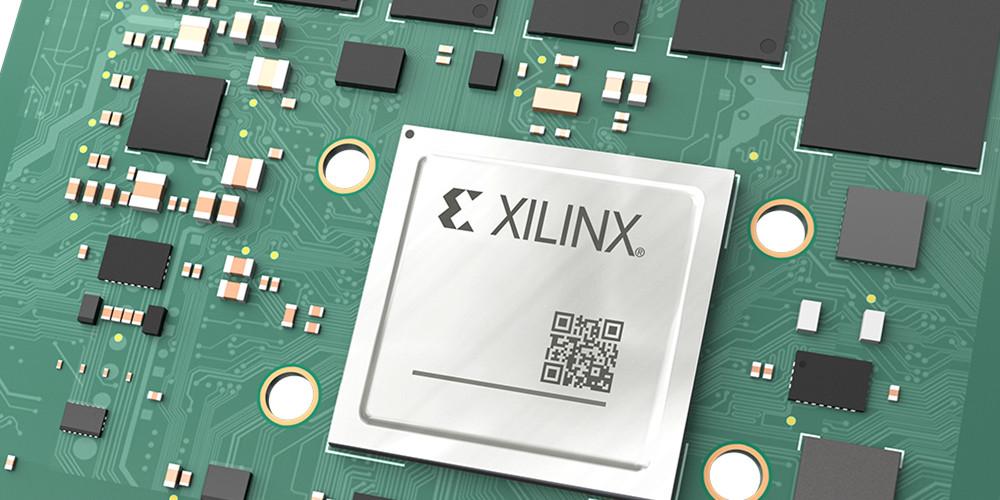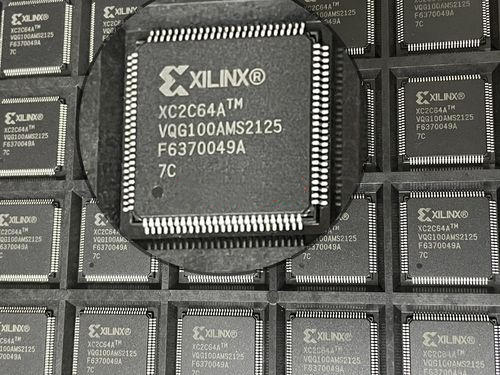One of the challenges with designing Field Programmable Gate Arrays (FPGAs) is being sure of the outcome of the designs. More often than not, digital circuit designers will have to reoptimize the original design or make important changes where they are needed.
These processes take a lot of time and the back-and-forth process costs money too. One of the best ways to get the accurate reading of the design is to use an evaluation tool. Sometimes, these tools aren’t easy to come by because of the cost. Also, some of these evaluation tools may not support all the languages used for programming FPGAs.
That is one of the best attributes of the Vivado FPGA. It is a software design suite manufactured by Xilinx to help digital circuit designers do their jobs in the shortest time possible.
According to Wikipedia, the Vivado Design Suite replaces the Xilinx ISE, while integrating more features. The suite also supports the high-level synthesis of FPGAs, enable System-on-a-Chip (SoC) optimization and the analysis of the Hardware Description Language (HDL).
Vivado FPGA vs. Other Evaluation Tools

The Vivado FPGA Design Suite favorably competes with some of the existing evaluation tools for Field Programmable Gate Arrays (FPGAs). For example, it beats the competition based by LabVIEW. According to Knowledge.ni, LabVIEW typically supports the integration of IP written in VDHL, but the same may not be said of Verilog.
Thus, it is imperative to utilize an external, yet robust platform that supports that. The Vivado Design Suite aptly fits into that description.
How does the Vivado FPGA Work?
It works by using a variety of tools to facilitate the simulation of FPGAs. For example, it uses the high-level synthesis toolchain to convert the C code or programming language into the relevant programmable logic.
Getting Started with the Xilinx Vivado Design Suite
We want to point out that the Xilinx Vivado Design Suite works best with certain FPGA series. It is typical to maximize its functionalities in the latest FPGA devices by Xilinx (now AMD), more especially the UltraScale and the UltraScale+ series.
If you are working on optimizing and evaluating the performance of older FPGAs, consider using the now discontinued Xilinx ISE design suite.
Technical Features of the Vivado FPGA Design Suite

Let us look at some of the technical attributes that help make the Vivado FPGA one of the best evaluation platforms or design suites for Field Programmable Gate Arrays (FPGAs).
1. Design Implementation
Checking the overall performance is not the only functionality of the Vivado FPGA. It also helps in the implementation of the designs for the respective targeted applications.
According to Xilinx (now AMD), the design implementation has to do with the suite’s use of advanced Machine Learning (ML) algorithms to deliver the “best implementation tools with significant advantages in runtime and performance.”
By this, the Xilinx Vivado Design Suite helps in the improved speed of the targeted applications while increasing the runtime of the same.
The process can also be manually optimized, thanks to the best in-class tools provisioned on the suite. Digital circuit designers can take advantage of the physical optimization, place, synthesis, route and a variety of Xilinx-compiled compiled recommendations to make the most out of the suite.
2. High-Level Design
The Xilinx Vivado Design Suite is your go-to when looking to optimize your circuit boards for high-level applications. For example, the suite supports the Vivado IP Integrator that provides a graphical and Tcl-based, correct-by-construction design development workflow.
The high-level design of the Vivado Design Suite also empowers digital circuit designers to rapidly assemble a wide range of complex systems. These systems are already optimized to leverage upon the Intellectual Property (IP) created with the Alliance Member IP, Vitis HLS, your IP and the Vitis Model Composer.
3. Accelerated Design Verification
One of the advantages of using an evaluation tool is that you get to viability and validity of the design. The Vivado FPGA provides for this by enabling the accelerated verification of the designs.
This can be achieved by multitude of tools and relevant technologies that have been provisioned in a cohesive environment. These tools are then leveraged to accelerate the verification or confirmation of the designs both at the block and chip-based levels.
Components of the Vivado FPGA
What makes up the Vivado Design Suite by Xilinx (now AMD)? Here are some of the technical components you will find inside the suite:
Vivado Tcl Store
It is a scripting system solely used for developing the relevant add-ons that improve the overall performance of the Xilinx Vivado Design Suite.
The Vivado Tcl Store also aids in the modification of the suite’s capabilities. As the core scripting language of the Vivado Design Suite, the Tcl Store also offers a wide range of underlying that can be removed or modified using the Tcl scripts to ensure that the suite is functioning optimally.
Vivado High-Level Synthesis
This refers to the set of compilers used to enable the real-time evaluation and programming of the different supported languages. As the Vivado FPGA is optimized for the Xilinx FPGA devices, these compilers tend to read and program devices based on the SystemC, C and C++ programming languages.
The programming is done directly into the targeted Xilinx or AMD devices. Thus, there is little or no need to use external compilers or even the RTL to make this design migration.
Vivado IP Integrator
This is a dedicated integration module for Intellectual Property (IP) based on the Xilinx or AMD FPGA architecture.
The Vivado IP Integrator also supports the configuration of the supported IPs from the extensive library by Xilinx (now AMD).
Vivado Simulator
Looking to simulate your Xilinx or AMD devices? The Vivado Simulator does just that! In addition, the simulator also supports a variety of other relevant functions, including enhanced verification, Tcl scripts, mixed-language and encrypted Intellectual Property (IP).
Final Words
The Vivado FPGA design suite optimized to support the real-time modification, migration of FPGA designs and making necessary tweaks that will speed up the device’s overall performance.
